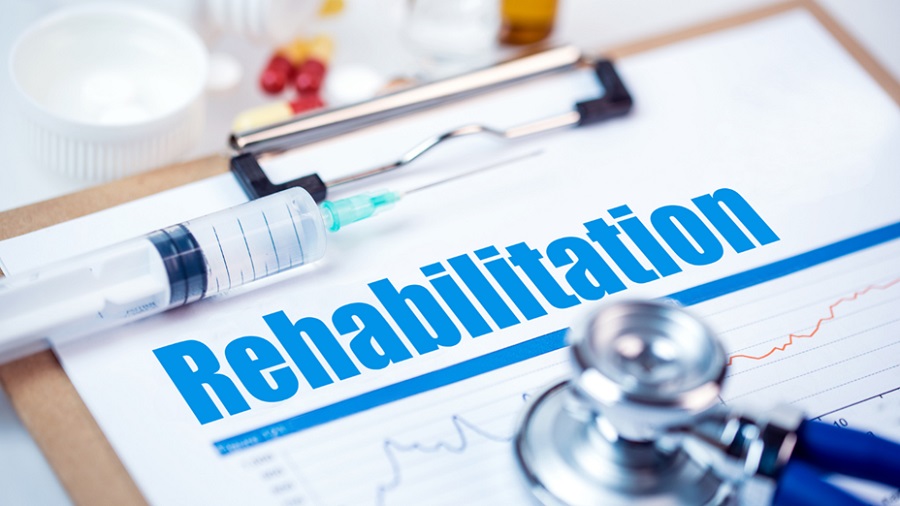Making the decision to enter rehab is a significant step in overcoming addiction. However, the recovery process doesn’t end when rehab is over. One of the key concerns people have after completing rehab is: should I enroll in sober living after rehab? The short answer is yes. Sober living environments offer various benefits that can enhance an individual’s chances of maintaining long-term sobriety. This article will explore what sober living is, why it can be helpful, and how you can find the right sober living environment for your needs.
What is Sober Living?
Sober living environments, also known as halfway houses or transitional living, are alcohol and drug-free residences designed for people who have completed rehab and are in the process of reestablishing their lives in sobriety. These facilities provide a structured and supportive environment that allows residents to practice skills and behaviors necessary for long-term sobriety.
The Benefits of Sober Living After Rehab
There are several key benefits to enrolling in sober living after rehab:
1. Reduced Risk of Relapse
According to the Alcohol and Drug Foundation, one of the leading causes of relapse is a lack of environmental support during the crucial early stages of recovery. Sober living environments help to reduce the risk of relapse by offering a supportive and structured community where residents can gradually transition into their new lives without the pressures and temptations they might face in their old living situations.
2. Structured Living
Sober living environments typically have rules and guidelines in place, such as curfews, house meetings, and participation in daily chores. This structured environment helps residents establish routines and learn valuable life skills that will be essential for maintaining long-term sobriety.
3. Building a Sober Support Network
An essential part of recovery is building a support network of people who understand the challenges of addiction and can provide encouragement and guidance. Sober living environments facilitate this by bringing together individuals at similar stages in their recovery, creating a supportive community that fosters personal growth and accountability.
4. Access to Additional Services
Many sober living environments offer additional resources and services such as drug testing, access to therapy or counseling, and assistance in finding employment. These services can help residents establish a more stable life in sobriety and further reduce the risk of relapse.
Finding the Right Sober Living Environment
When looking for a sober living environment, it’s essential to find one that fits your needs and preferences. Consider seeking help from a rehab professional who can help you find sober living in West Palm Beach that suits your individual needs. Meanwhile, here are some factors to consider:
- Accreditation or licensing: Ensure the facility meets state and local regulations, as well as industry standards for safety, quality, and professionalism.
- Location: Consider the proximity to family, friends, support meetings, work, or school.
- Cost: Sober living costs can vary widely, so it’s crucial to find a facility that fits your budget.
- Size: Some people might prefer a smaller, more intimate environment, while others may thrive in larger settings.
- Services offered: Be sure to inquire about available resources and services, such as counseling or employment assistance.
To Sum Up
Enrolling in sober living after rehab can be a valuable step in supporting your recovery journey. Sober living facilities provide a supportive, structured environment that can help reduce the risk of relapse and build a strong support network. When looking for a sober living environment, it’s important to find one that fits your needs and preferences. With the right facility, you can continue developing healthy habits and behaviors, paving the way for lasting sobriety.






